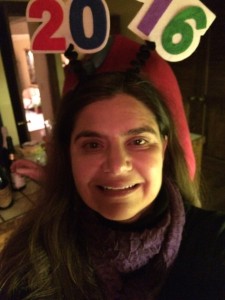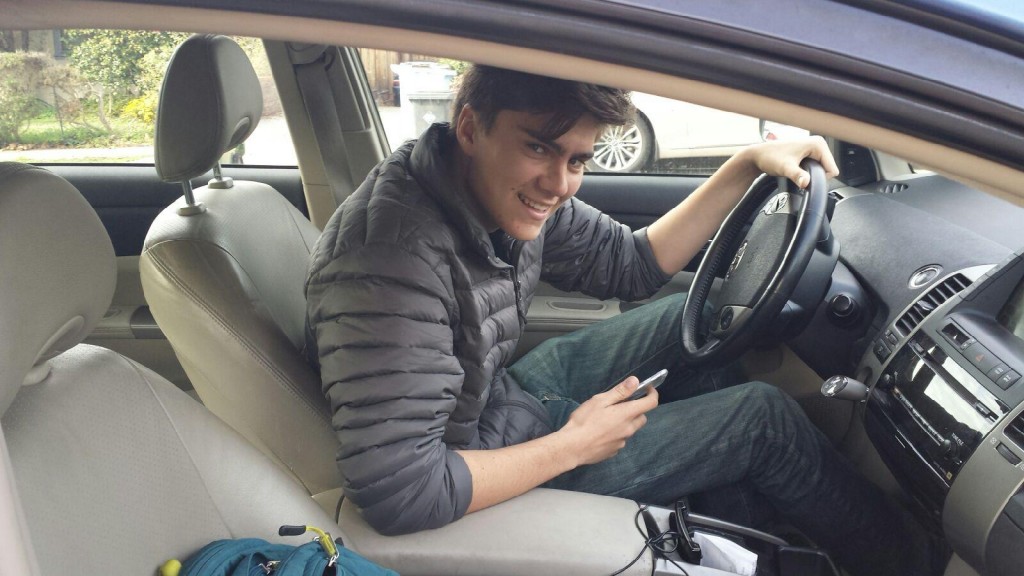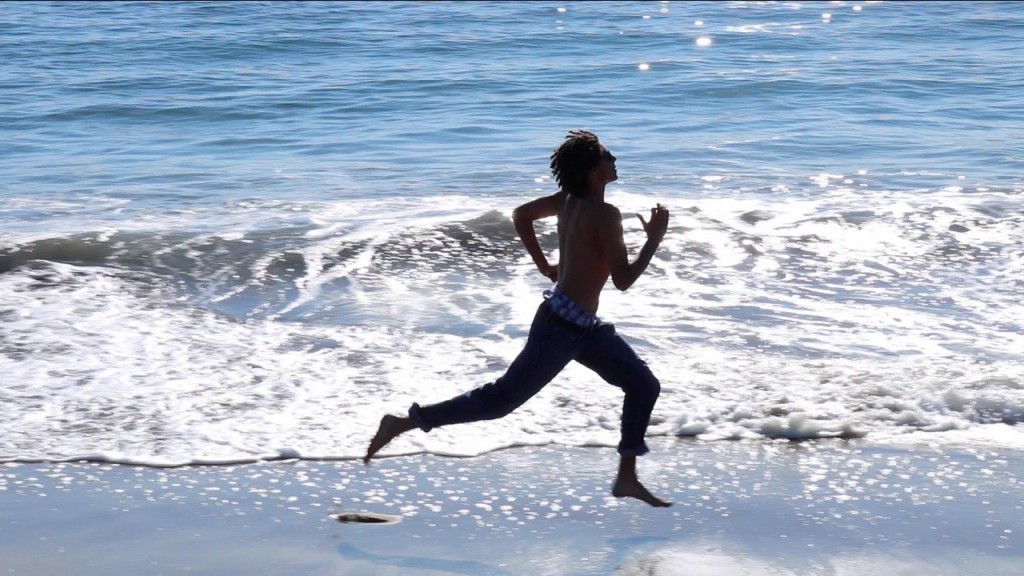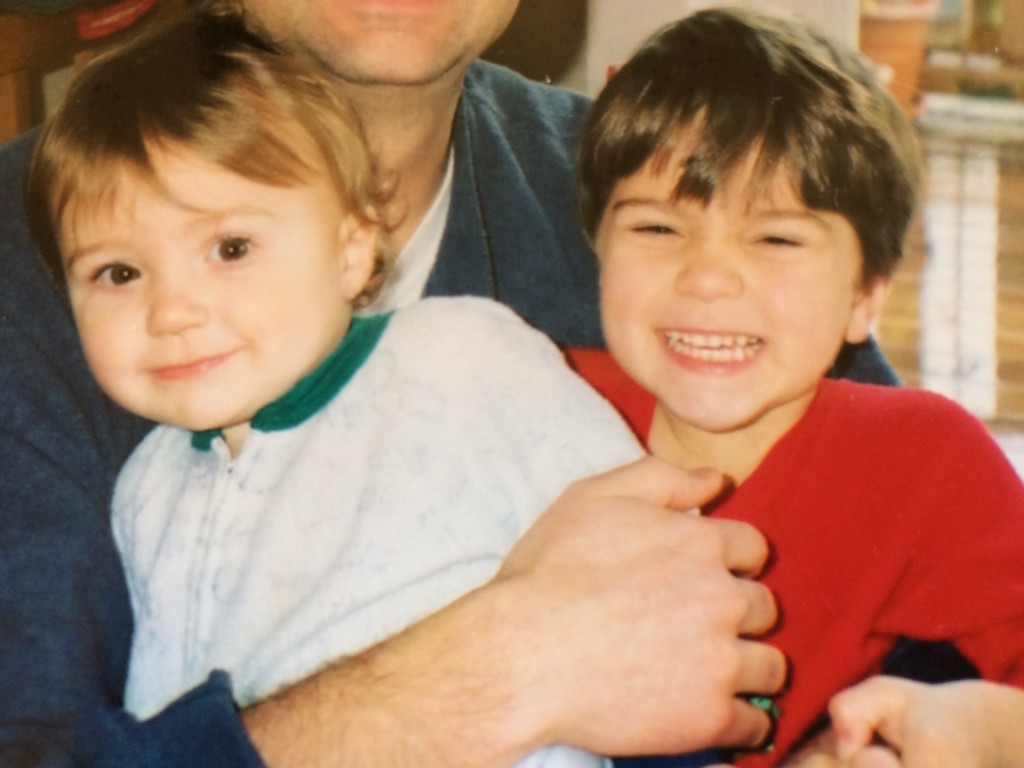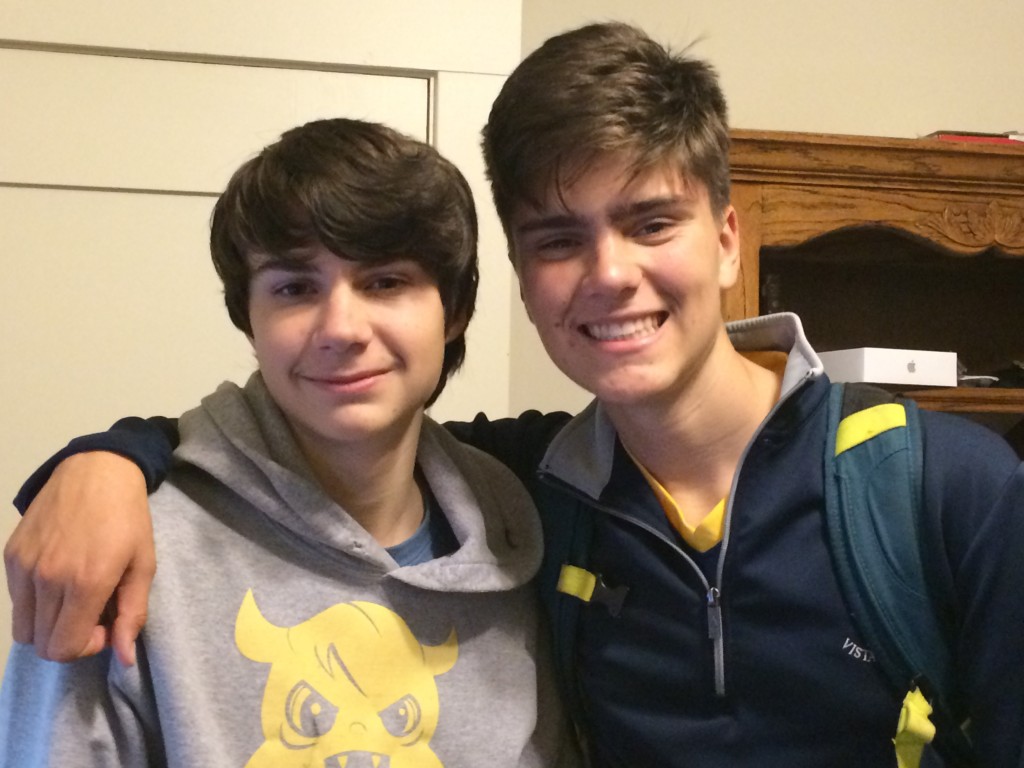
Sometimes life changes gradually and we hardly notice as one phase passes and another takes shape. Other times life changes abruptly and we can’t help but be aware of a grand shift. I am on the verge of one of those abrupt changes this week, as my first-born leaves for college on the other side of the country. This way of being I have known for the last 18 years is about to change in a big way. I am both full of anticipation and excitement for my son and full of loss at the idea he will be far away. It is a good time but a hard time.
When I was pregnant with my son so long ago I had no idea what parenting would be like. I did not have close friends with children. I hadn’t spent much time with children. I knew that, like most other parents, I would have to learn on the job. And learning I’ve done. Much of the learning is quite mundane, but utterly necessary. I had to learn how to feed him and burp him and when to call the doctor. I had to learn how long to make a time-out and how to regulate the Halloween candy. Everything was an education, and sometimes with an audience. The day I checked out of the hospital with my newborn, I had to take off the diaper the nurse had put on him so a doctor could weigh him. I had no idea how to put the diaper back on. I was so self-conscious. I thought the doctor might not let me take him home given my ineptitude!
It seems like the early years are full of so many decisions. At first my husband and I consulted guidebooks. We turned to three or four expert guides to weigh the competing advice. One said we should let our baby cry it out for 45 minutes. The other said we shouldn’t let him cry at all. We tried both. Gradually, though, we learned to make our own decisions that were right for us and appropriate to our child’s temperament. (We did let him cry several nights and he gradually learned to fall asleep on his own. Those were some painful nights!) Just when we thought we had figured things out, we had a second son who was totally different than the first. It took him much longer to learn to fall asleep. In fact I slept at a friend’s house during one of those sleep training sessions just so I could get a good night of sleep.
One lesson I learned early on as a parent was that I could never rest on my laurels. Just when I had figured out one age and stage, another stage would develop. Two naps a day turned into one, then none. A favorite food would soon be turned down in favor of another. Even now, I realize, the reality of living with a high schooler is morphing into that of living with an adult. Currently we check in multiple times a day with our teenager to know his whereabouts and when he expects to be home at the end of the day. In a few days, we won’t be checking in with him much anymore. He’ll be on his own. If he wants to come home at 3 am, that’s his decision.
Recently I came across a photo of our family room from the time our boys were 8 or 9. It looks like a disaster, with every couch cushion, pillow and blanket in the house arranged in the center of the room to create a fort. I realized I tolerated a lot of controlled chaos. Not only were there forts, but there were Thomas the Tank Engine train configurations that spread from one room to the next, 2,000 piece Lego creations, and a pet rabbit that left behind a trail of turds and hay. Then there was all the normal paraphernalia that comes along with kids—the strollers, car seats, high chair, mini kitchen, sports gear, bunk beds, books, and retainers. You learn to live with a lot of stuff and a lot of messiness. In a small way I actually miss those messier days and the way I was able to surrender to it all, get down on the floor, and play for hours on end.
At times it seemed like my son’s childhood would stretch on forever. There were the long innings of Little League games, the daily routines of getting him ready for school and picking him up, the playdates and birthday parties. More recently there has been the anxiety of waiting up late for him to come home and the angst of watching him suffer through the breakup of a relationship. Time slows down with kids. Other “important” work gets interrupted, put on hold. Just in the middle of writing this article my son came home and suddenly my time was his. We laid on my bed and talked for an hour about his day and his plans. It took me another hour after that to get back to writing.
Alas, childhood does not last forever, but certain memories are so fully etched in my mind that just thinking about them brings me pleasure. There was the day, just a year ago, when we had a rare mother and son outing to the beach. It was a perfect day, with no wind or fog (rare for a California beach) and we walked, laid in the sun and played paddle ball. There was another day, about two years ago, when we trekked to the Central Valley for a golf tournament. We played country music all the way there and laughed at the lyrics; that night we flipped through the channels in our cabin and laughed at all the bad late-night TV shows. I can’t hear a country song or see a late-night show now without remembering that trip.
People told me to cherish the time I had with my child and I am so grateful for their advice. I have tried to be mindful and thankful every day I have parented. I will miss the big and small joys and even some of the challenges. I will miss my son’s creativity, hugs and enthusiasm for life. How many kids do you know who organize their own Mardi Gras parties or who invite people over for a Spanish dinner and costume contest complete with awards? My son is never short of ideas.
I take comfort in the fact that my son’s presence in my life has not ended. He’s changed me for the better. I’ve learned from him how to relax and enjoy life, how to make friends and how to laugh. I know I’ll keep learning from him for years to come and I look forward to our ever transforming relationship.


